.embed-container { position: relative; padding-bottom: 56.25%; height: 0; overflow: hidden; max-width: 100%; } .embed-container iframe, .embed-container object, .embed-container embed { position: absolute; top: 0; left: 0; width: 100%; height: 100%; }
Ah, November. You might think of it as that month when you do all that voting, or maybe you’re looking forward to endless turkey leftovers, but for gearheads—especially those of us hunkering down in colder climes—it’s possibly the time you start thinking about prepping your bike for a long period of inactivity.
Maybe you’ve never winterized your bike before to get it ready for storage. Or maybe you’re down with the drill but just need a refresher. Whatever the case, the particulars vary depending on your circumstances (will you be riding your rig occasionally or not at all? Do you live in Alaska?), but by and large the basics apply to most bikes. So we’ve compiled a short punch list of the most common things to home in on when putting your baby away for the winter.
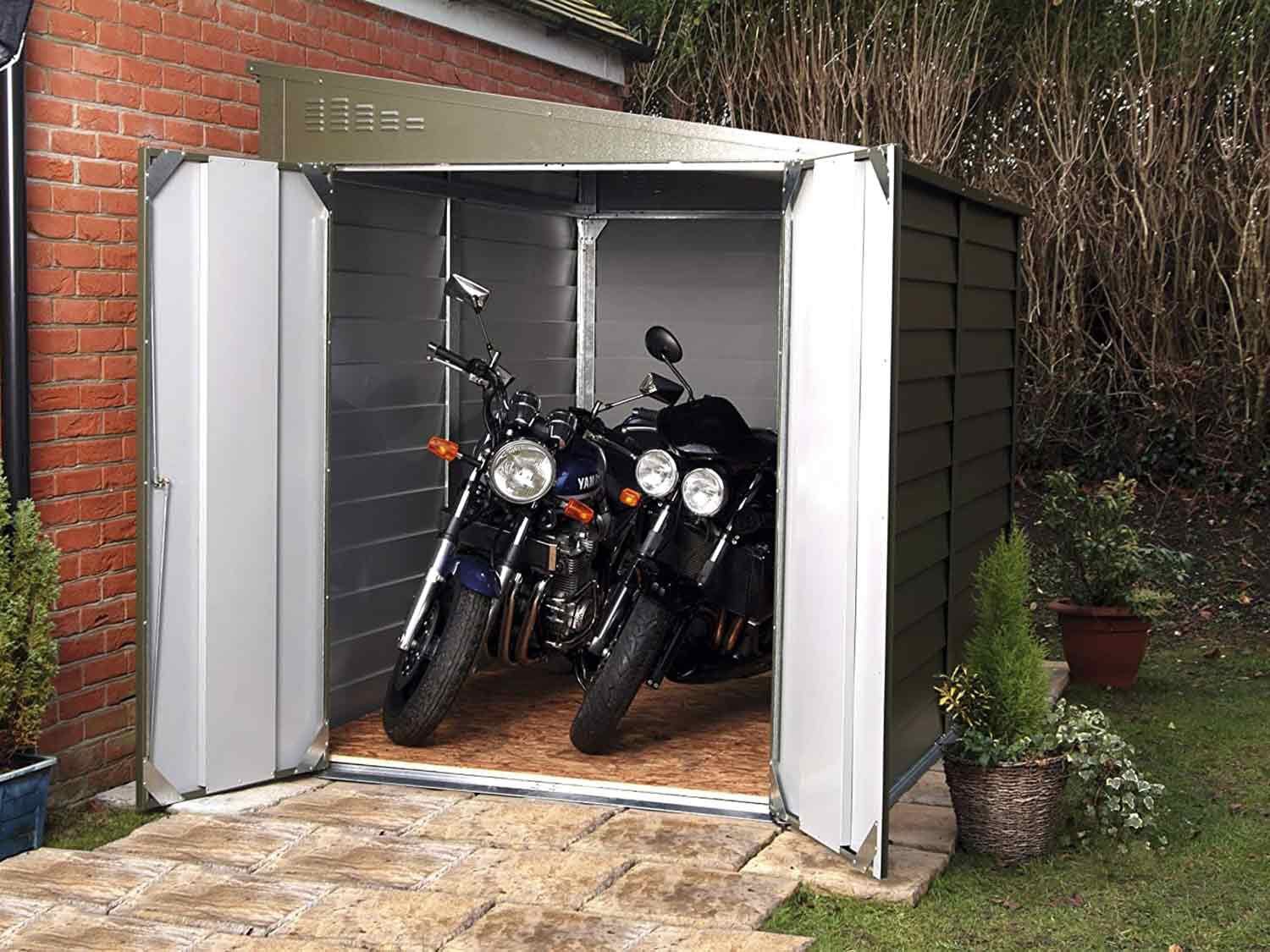
Set Up Storage
First things first: Lock down your storage location. Inside or out? Covered or not? Your best bet is to stash your ride in a dry place, or at least one not entirely exposed to the elements. A garage or a shed are obviously ideal, but if you can’t swing that, at least invest in a motorcycle-specific cover (not a tarp) that’s breathable and will keep water and UV light off your bike’s surfaces. Try to protect it from dust, grime, and rodents, whether you live downtown or in the boonies.
Reated: How To Store Your Motorcycle For The Winter
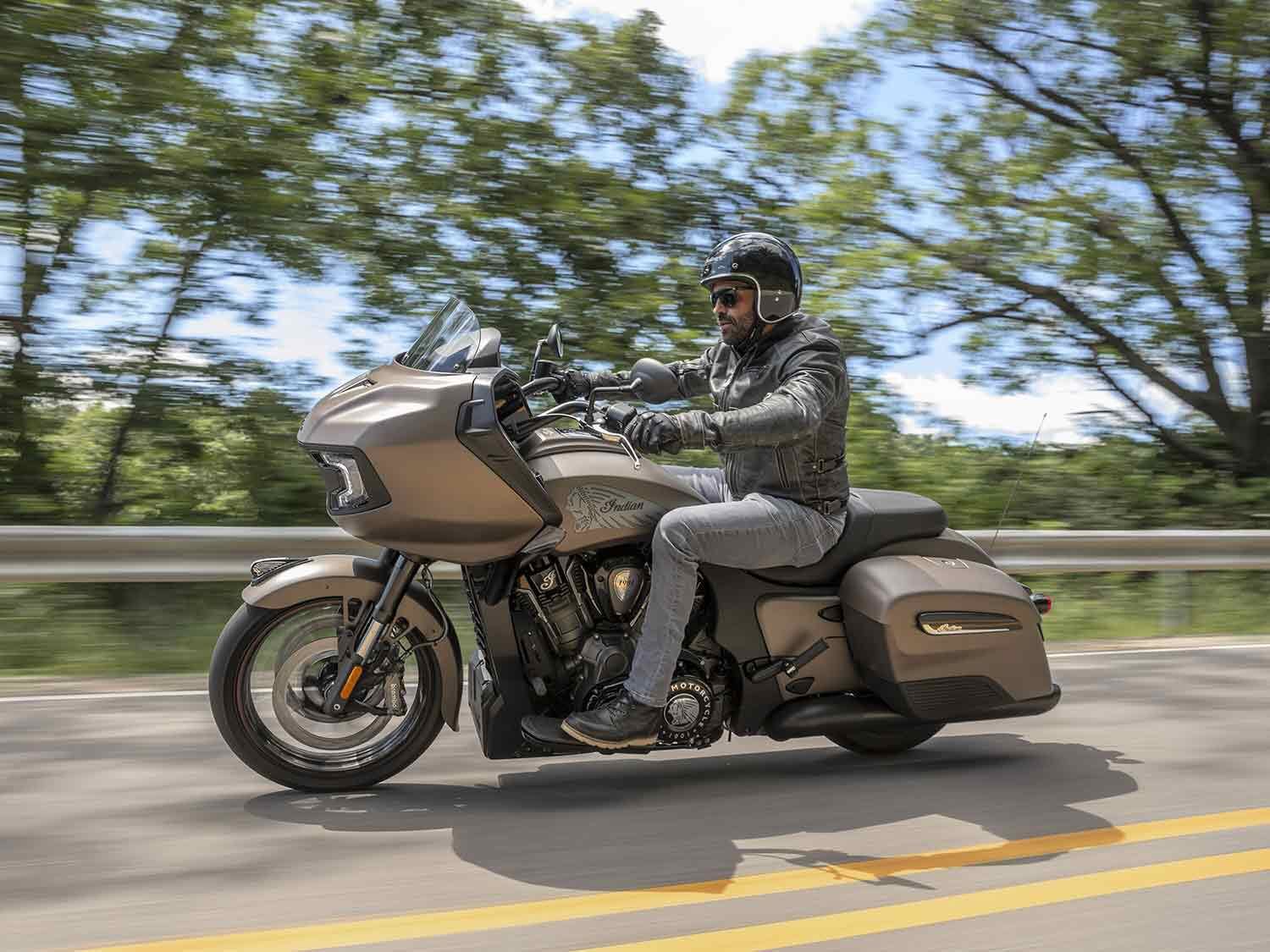
One Last Ride
Before you get down to the nitty-gritty of treating components and fluids, take your bike out for one last ride (if you’re storing it away for the duration of the season). Make sure you’re put there for a good period of time and the bike is fully warmed up to operating temperature to dispel any lingering moisture. On carbureted motorcycles, turn the petcock to the off position and run the bike ‘til it stops to burn off any remaining gas in the carbs.
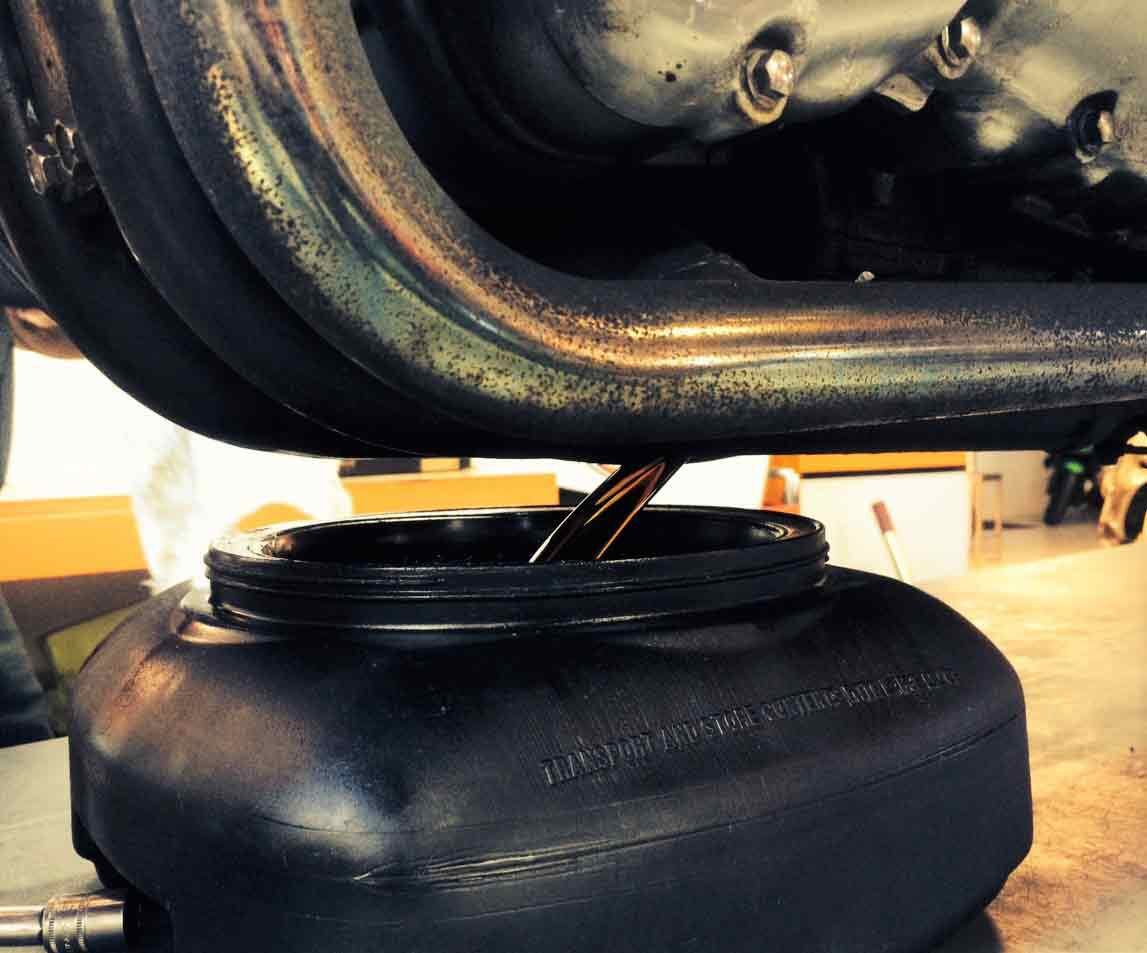
Change Your Oil
Change the oil and the filter before you put your bike away for the winter; there’s a good chance it’s built up some unsavory acids over your summer and fall rides that may mess with your bike’s internals. Opt for a winter weight oil like 5w-30 for an easier start-up come spring.
It’s also not a bad idea to check your bike’s brake fluid and antifreeze (if so equipped); primary fluid and transmission oil can also attract moisture over the course of storage, so think about changing those as well. Coolant on liquid-cooled bikes can get acidic if stored too long in cold weather. Check your owner’s manual for the particulars.
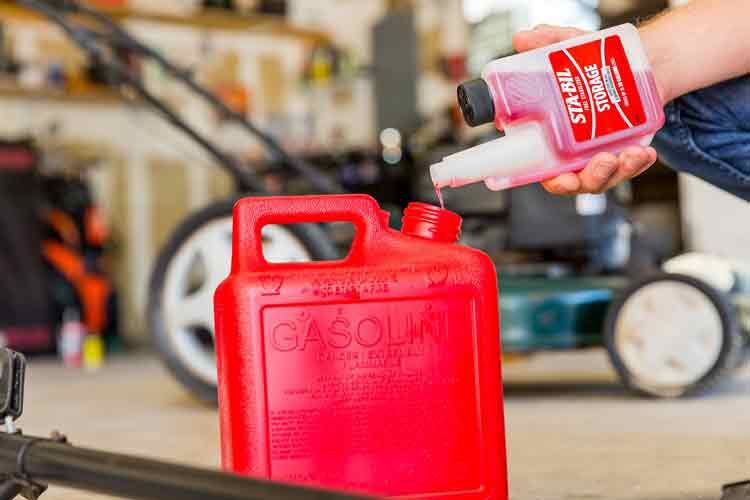
Fill the Fuel
Don’t forget the fuel stabilizer. Despite countless studies proving it offers no real benefits, our government still insists on ethanol-flavored gas, which just plain sucks for motorcycles. The formulation is especially corrosive on older bikes, and if you let ethanol gas sit in your tank long enough, it’ll attract water and separate, eventually messing with your fuel system. Some folks like to drain their fuel tanks (and carburetors) completely before storing, but on fuel-injected bikes this can be a pain, so we like the fill-up-the-tank-completely method. Filling your tank to the brim will displace the air as well as keep the water vapor at bay (water and oxygen are the enemy of fuel quality). Once that’s done, add a good dose of fuel stabilizer like Sta-Bil or Sea Foam to top things off. Then run the motor so the treated fuel can work its way through the fuel system.
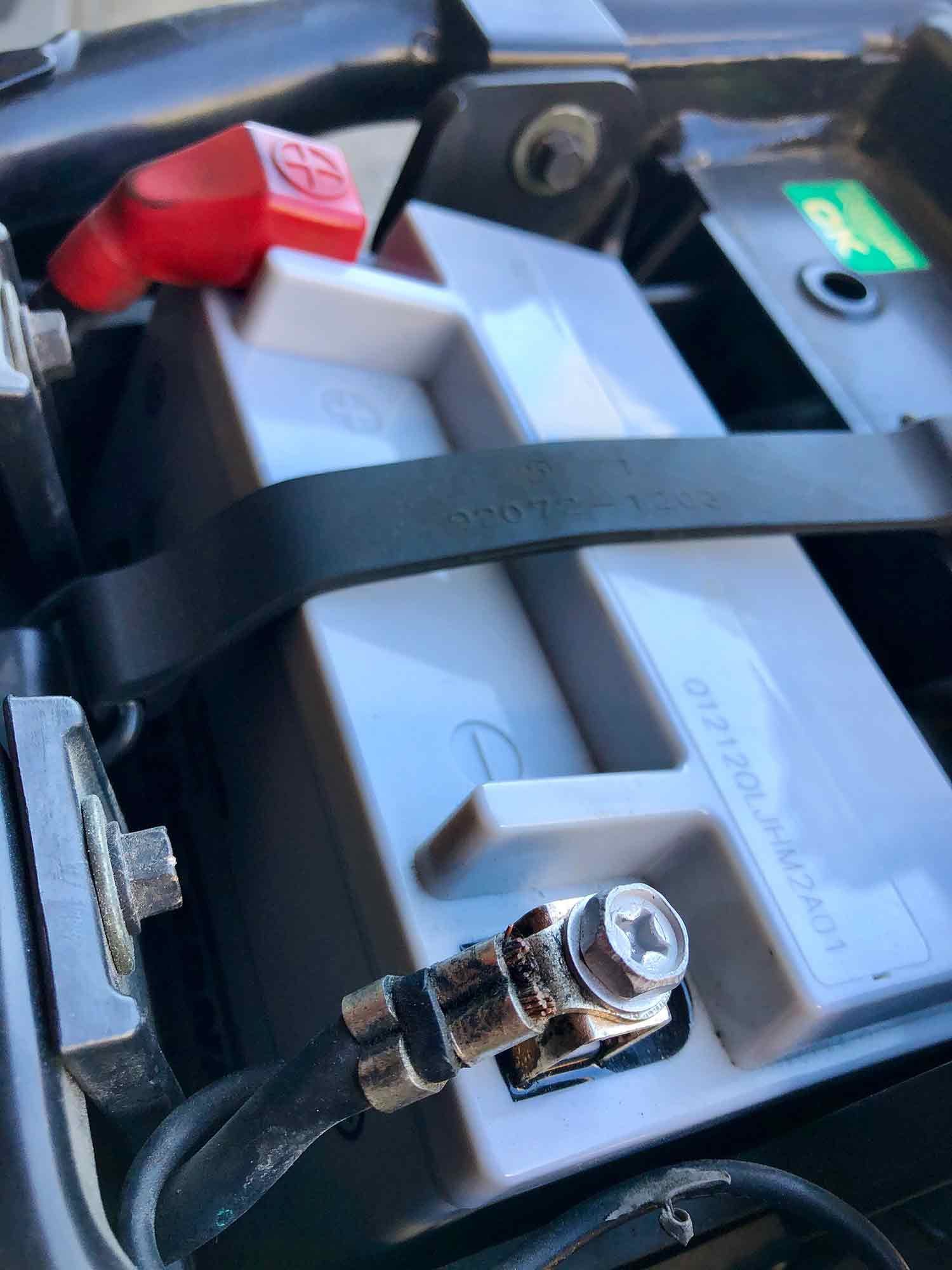
Battery Health
The combo of cold weather and downtime can be deadly to your battery, so do it a favor and put it on an automatic smart charger/maintainer like the NOCO Genius or Optimate (which can help with desulfation as well) or, if you already have one, an old-school Battery Tender. Whether you disconnect it or keep it in the bike, try to keep that battery out of the cold and off the ground—that’s what can really sap power.
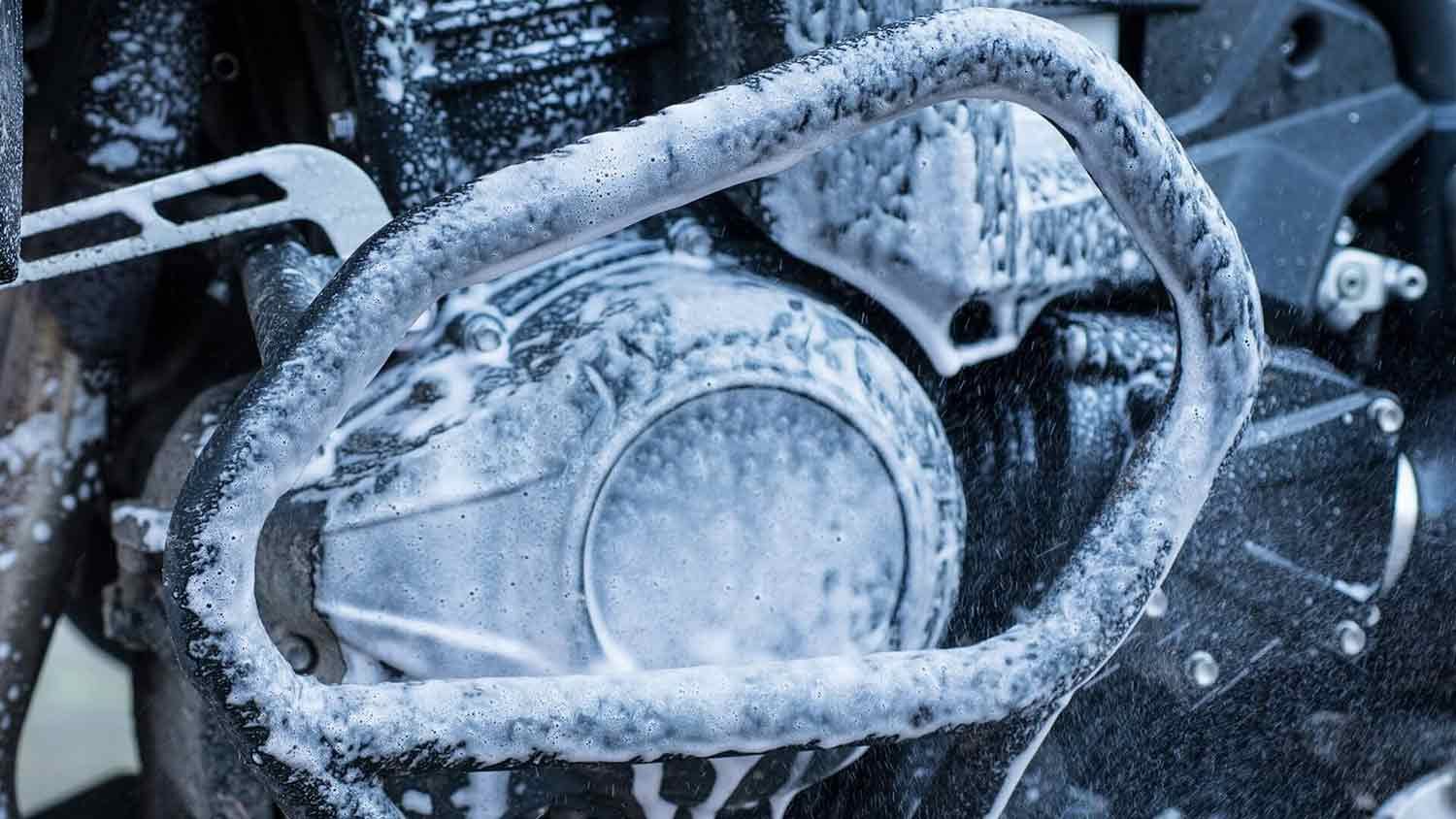
Wash ‘Er Down
Wash your bike before putting it away, whether it’s a scrambler or a big ol’ tourer. Accumulated debris or corrosive substances like salt or magnesium chloride can cause some serious damage to your bike’s surfaces if allowed to sit and fester, so get all the nooks and crannies clear of any crud, even if it’s just caked-on bug guts. Then go ahead and wax the painted parts and coat the metal with a clear coat protectant. Also don’t forget to lube the chain (if you have one) after cleaning it before storage.
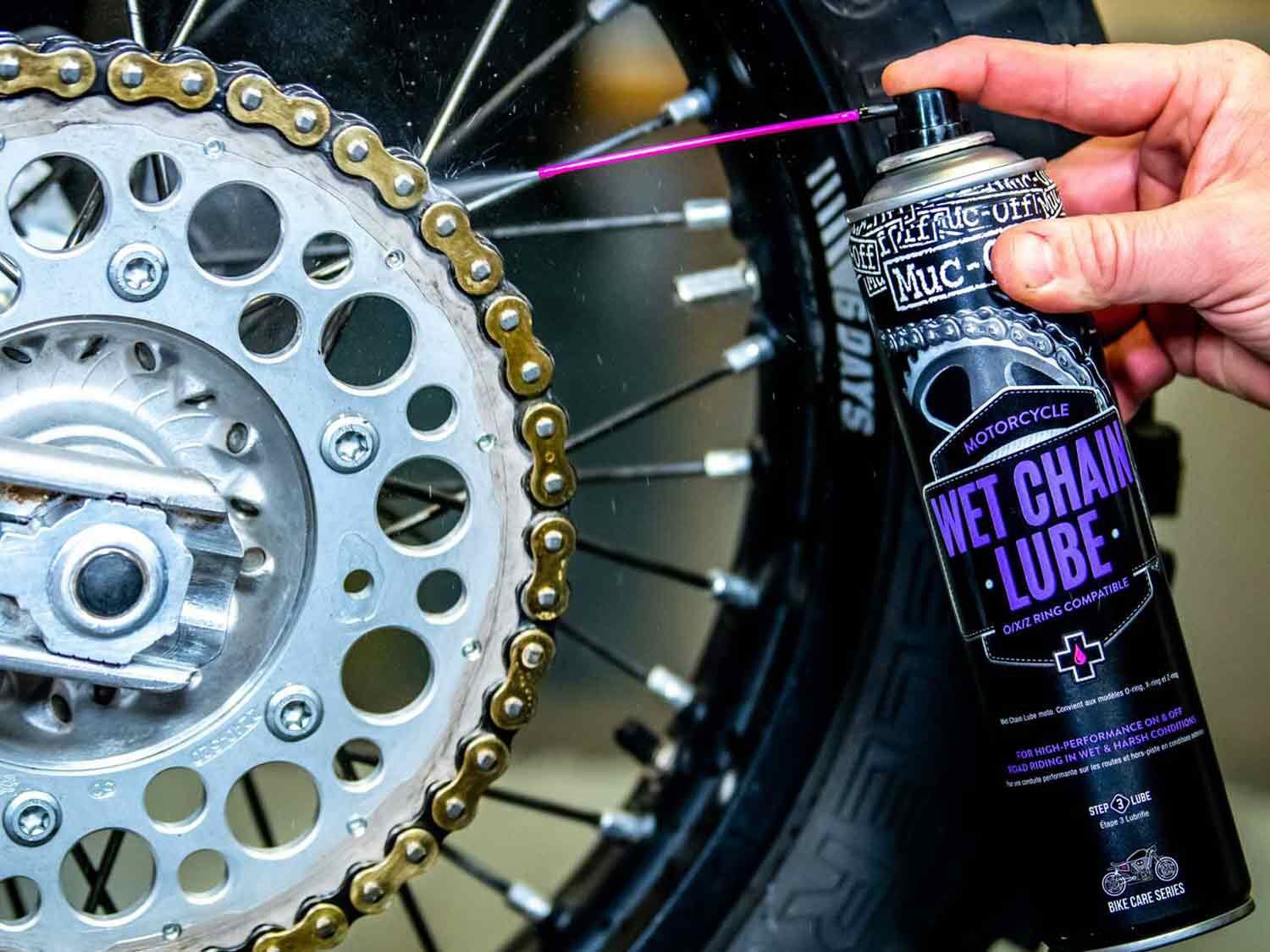
Tires Matter
It might seem like overkill, but also be sure to check the tires for wear and age; if the tread won’t cover Lincoln’s head on a penny or if your hoops are at the five-year mark, you might consider spooning on a new set now rather than waiting for spring. Either way inflate them to spec, and try to keep the weight off them—easy if you have a centerstand—so they don’t develop flat spots from sitting in one place. If you can’t do that, roll the bike to a new spot every week or so to prevent flattening and air the tires up as needed.
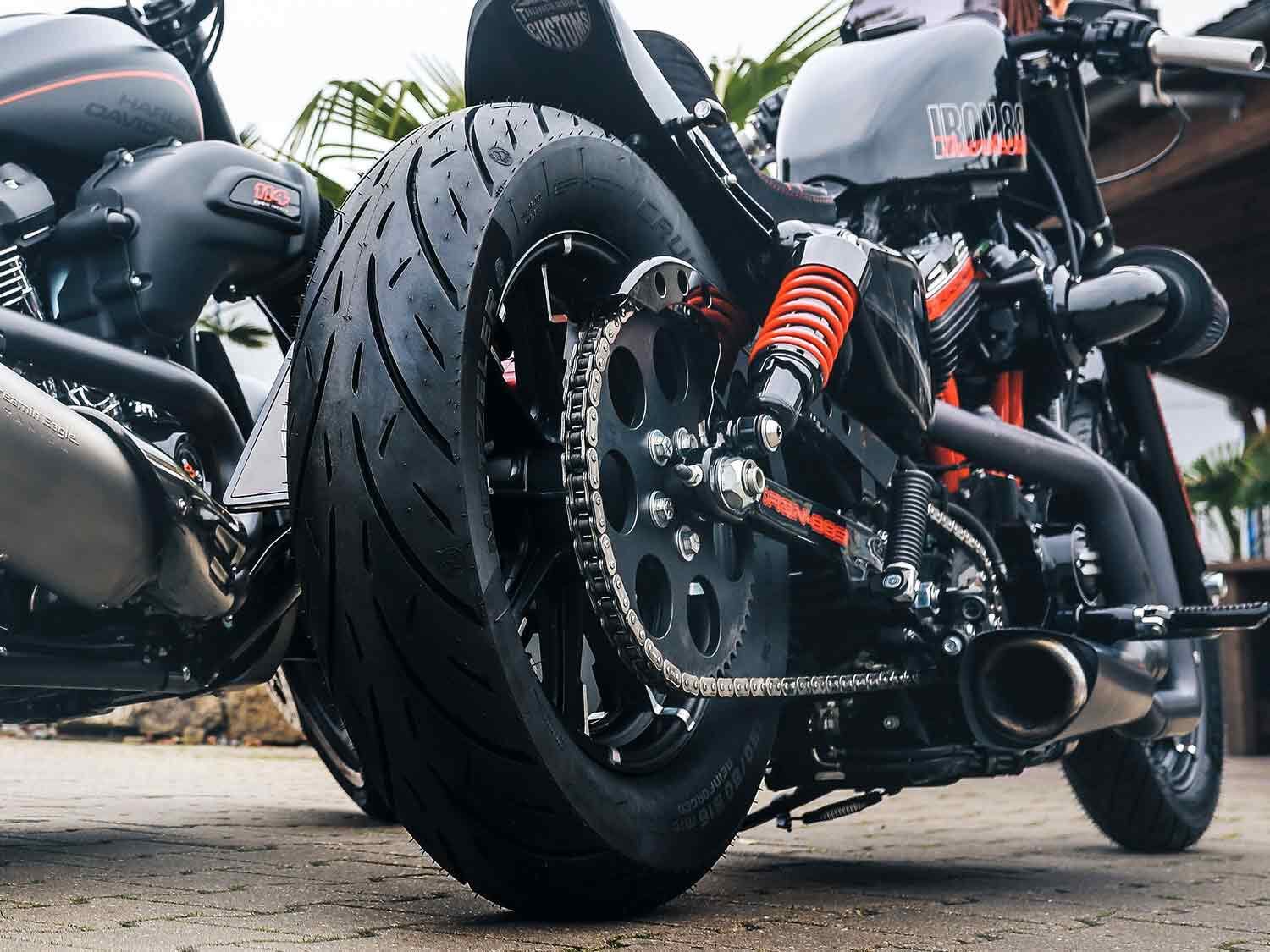
Clean Your Gear
Lastly, don’t forget to clean your riding gear before you stow it for the next few months—that means cleaning off all the gunk, bug guts, and dust; conditioning leather pieces; and brushing off and oiling your boots (if leather). Don’t forget your helmet either; all that sweat and salt builds up over time and can take a toll on liners. There, now you can rest easy ‘til spring comes.
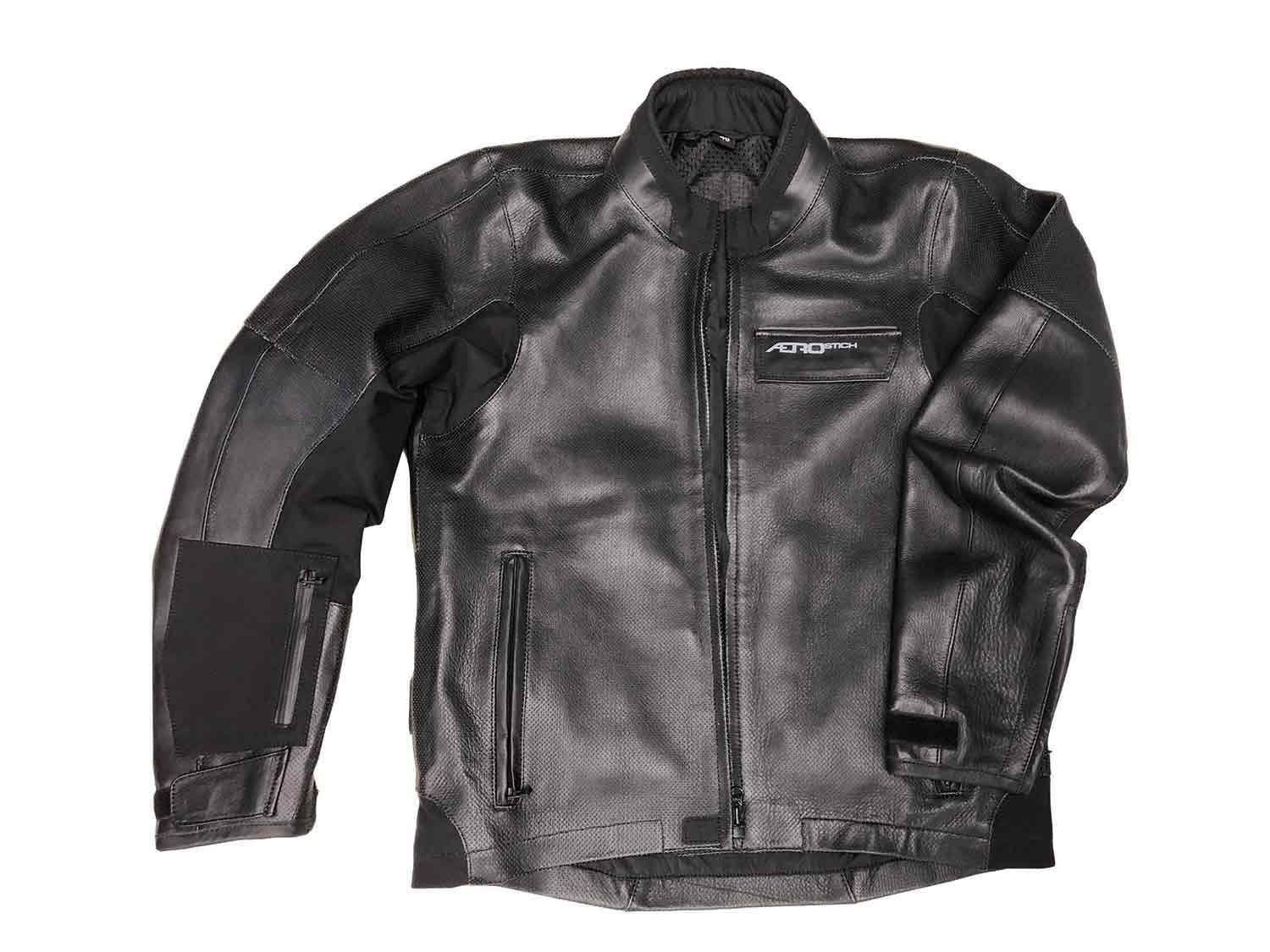
Source : streetchopperweb












